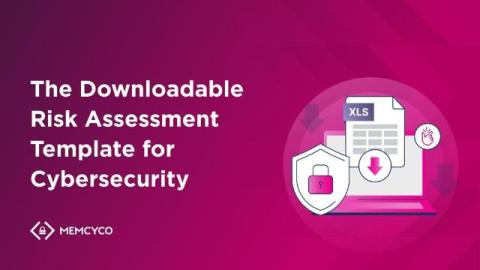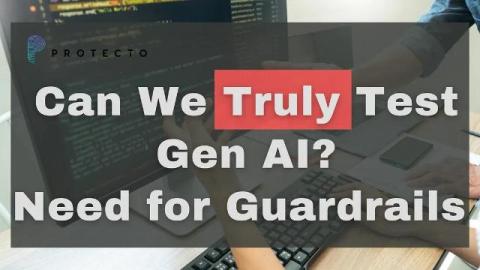Security | Threat Detection | Cyberattacks | DevSecOps | Compliance
%term
August Release Rollup: PDF Document Comparison, Content Classification Policy Recommendations, Knowledge Base Updates and More
We’re excited to share new updates and enhancements for August, including highlights: For more information on these updates and others, please read our complete list below and follow the links for more detailed articles.
The Downloadable Risk Assessment Template for Cybersecurity [XLS]
Every day, new headlines emerge about another major corporation falling victim to a cyberattack, leaving businesses everywhere questioning their vulnerabilities. These breaches underscore the critical need for thorough risk assessments to identify and mitigate potential weaknesses. Proactively managing risks enables organizations to better defend against the relentless wave of cyber threats.
The Impact of Cyber Events on Patient Care
Welcome to the Data Security Decoded podcast, brought to you by Rubrik Zero Labs. In each installment, we discuss cybersecurity with thought leaders and industry experts, and get their take on trends, themes, and where they see the sector going next. This is a must-listen for organizations and individuals looking to secure their data and achieve cyber resilience. We're excited to kick off a series of special episodes featuring highlights from the recent Rubrik Zero Labs Virtual Summit. This series offers a unique look into the critical conversations happening around data security.
On-Prem and Kubernetes: A delicate relationship
In cloud security, context is everything. In the previous two installments of our Customers Care Chronicles, we wrote about how a security vendor needs to be a true business partner and the potential headaches when migrating tools in the cloud. In this installment, we tackle another non-security concept that happens to be crucial for security: environment.
U.S. Experiences 52% Increase in the Number of Ransomware Attacks in One Year
New analysis of current ransomware attacks shows a massive focus on U.S. organizations, with growth spread across nearly every industry. One would think there would be a slowdown in the number of ransomware attacks due to the amount of threat intelligence and best practices to mitigate this threat.
Deep And Dark Web Monitoring for Business: Uncovering Hidden Risks
With tens of thousands of potential threats lurking in remote corners of the deep and dark web, organizations are increasingly at risk of being targeted by cyber attackers or having their sensitive information traded or leaked online. Deep and dark web monitoring enables businesses to safeguard their digital assets and accelerate visibility of online threats, protecting their brand and reputation.
Understanding OWASP Top 10 Client-Side Risks
Websites rely heavily on client-side code to deliver interactive user experiences. Unlike server-side code, which is protected within an organization’s infrastructure, client-side code runs in the user’s browser and is exposed to various risks such as data theft and JS injection. Recognizing the unique challenges of securing client-side code, OWASP has created a dedicated Top 10 list for client-side security risks.
Can We Truly Test Gen AI Apps? Growing Need for AI Guardrails
Unlike traditional software, where testing is relatively straightforward, Gen AI apps introduce complexities that make testing far more intricate. This blog explores why traditional software testing methodologies fall short for Gen AI applications and highlights the unique challenges posed by these advanced technologies.
How Frequently Should We Run a Vulnerability Scan?
All it takes is a single unpatched vulnerability to breach security and gain access to a company’s mission-critical assets. Effective vulnerability management is essential for strong cybersecurity. Vulnerability scans play a key role in this process, offering a clear view of the entire IT infrastructure and identifying existing vulnerabilities. How many times should we run scans? Are we scanning often enough? These are the questions we often get.











